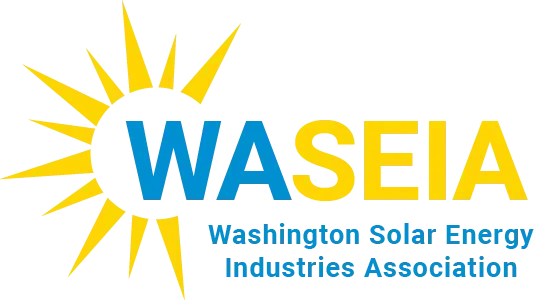Incentives
30% base Investment Tax Credit (ITC) with adders (see below). The ITC is good through 2032 and will then step down to 26% in 2033, 22% in 2034 and phased out in 2035. It is a dollar-for-dollar reduction in the income taxes that a person or company claiming the credit would otherwise pay the federal government. The entire cost of your solar PV system, materials, labor, permits and any related electrical work necessary for the installation is eligible. Re-roofing does not qualify. Adders:
- Domestic content minimums: additional 10%
- Sitting in “Energy Community”: additional 10%
- Allocated (based on an application and award process) for low-income housing: 10-20%
The commercial ITC allows for ‘Direct Pay’ for tax-exempt organizations, which makes this tax credit feel more like a rebate.
- An accelerated asset depreciation schedule (5 years) allows the site owner to reduce their taxable income by the amount paid for the PV system. The sum of this deduction is calculated by multiplying the system amount by the business’s tax rate.
- For equipment on which the 30% ITC is claimed, the owner must reduce the project’s depreciable basis to half of the ITC’s value.
- There is no sales tax on systems under 100 kW AC (based on the inverter’s combined output rating)
- 50% rebate on systems 101 – 500 kW AC
Net Metering, an incentive available since 1996 and extended in 2019, is a contract you sign with your electric utility, allowing you to trade power with them at retail rates. When you produce more energy than you consume (running your meter backwards), the excess kilowatt-hours (kWh) are fed into the grid and credited to your account. When you produce less than you consume, you use the credits you’ve built into your account.
- Available up to 100 kW AC
- Power Purchase Agreements must be made for systems >100kW AC
- USDA REAP Grants are available for agricultural producers who earn at least 50% of their gross income from farming operations and small businesses in rural areas. REAP grants cover up to 50% of the project cost, and loan guarantees cover up to 75%.
- Dept of Commerce
The tax incentives for solar can offset from about 40% to nearly all of the system cost. That said, professional tax advice is necessary to navigate the tax code adequately.
Quote Process
- Request a quote via web form or email [email protected] with plans.
- We will reach out to work with you to determine the scope and stage of your project.
- We will provide a bid based on the stage of your project: Schematic Design, Design Development, or Construction Documents.
- Retrofitting solar on existing buildings will require a site visit.
- We are experts in local energy codes and offer design services – just reach out!
Our Work
Thurgood Marshall Middle School Community Solar Project
A 150kW community solar project with our friends at Olympia Community Solar allows people who can’t afford a system, don’t own their homes, or live in apartments to buy “shares” of a solar system that offsets their energy consumption.
Bellevue Club - Retrofit
A 114 kW system (and more recently EV chargers) for a health club and hotel in Bellevue. Assuming a 4% rate escalation, this business may save nearly $150,000 throughout the system's life!
Tulalip Gathering Hall - New Construction Awning
The Tulalip Gathering Hall is a new multi-use space for the Tulalip Tribe. This 20.88 kW awning system uses elegant glass-on-glass Lumos panels.
Port of Seattle - Retrofit
117 kW system on Pier 69 with Washington-made panels.
Willows Preparatory School - Ground Mount
19.44 kW ground-mounted system at a K-12 school.
Redondo Heights Apts - Energy Code Project
58 kW system that satisfies Washington State energy code requirements.
KCHA - Nia Apartments - Retrofit
A 117.42 kW project for King County Housing Authority on low-income housing.
OPALCO - Utility Scale Ground Mount
A 504kW project - on the utility side of the meter - with Orcas Power and Light Company on Decatur Island in the San Juans.



